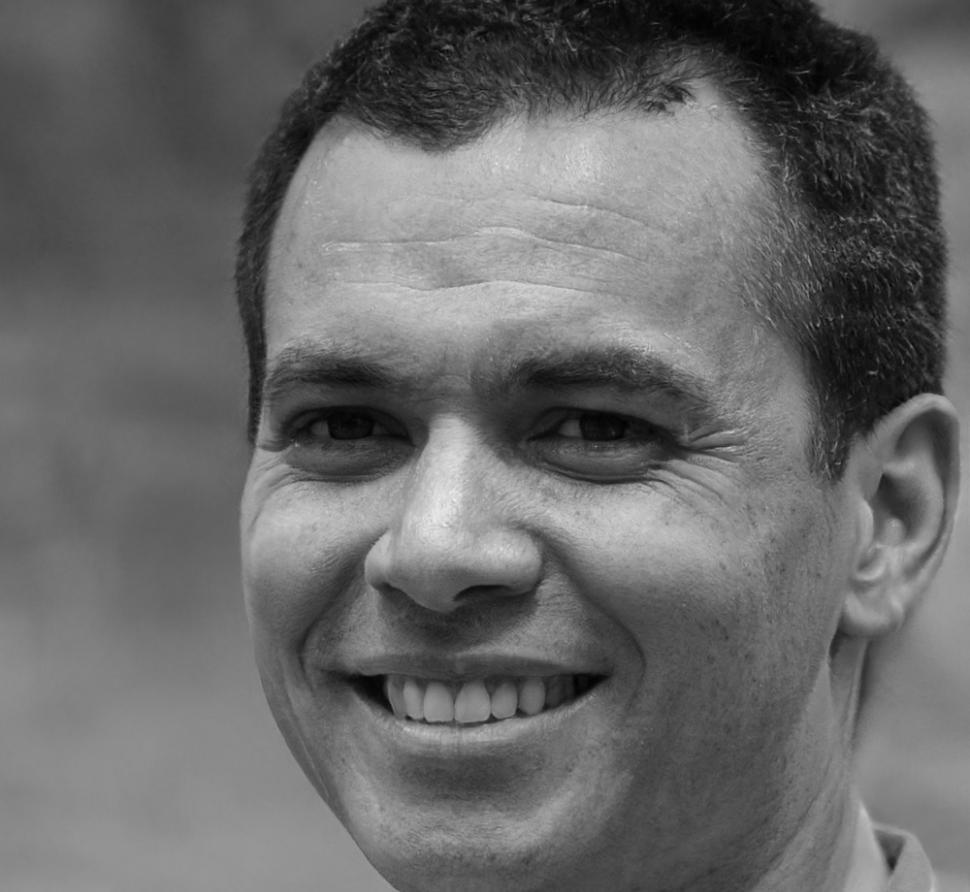Financial Statements Don't Have to Be Confusing
Most business owners look at balance sheets and feel lost. We break down financial analysis into concepts that actually make sense—without drowning you in jargon or textbook formulas.
Explore Our Program
What You'll Actually Learn
Our approach focuses on practical skills you can apply immediately—not theory that sits unused.
Reading Between the Lines
Financial statements tell stories if you know how to read them. We'll show you what accountants see when they scan income statements and cash flow reports.
Ratio Analysis That Works
Liquidity ratios, profitability margins, efficiency indicators—these aren't just academic terms. Learn which metrics matter for different business decisions and when to use them.
Real Business Context
Numbers mean nothing without context. We teach you to compare performance across time periods, benchmark against industry standards, and identify actual trends versus noise.


Bjarke Solberg
Financial Analysis Instructor
Why This Matters Now
I spent years analyzing companies for investment firms. And here's what surprised me—most business owners don't understand their own financials well enough to make confident decisions.
You don't need an accounting degree to grasp financial analysis basics. But you do need someone to explain it in plain language, with real examples from actual businesses.
That's what we do here. We focus on Vietnamese market contexts—understanding local accounting practices, typical industry benchmarks, and the financial challenges small to medium businesses face in this region.

How We Actually Teach This
- Work with real financial statements from Vietnamese companies across different sectors
- Practice identifying red flags and positive indicators that experienced analysts look for
- Build your own financial models to test different business scenarios and decisions
- Learn to present financial insights clearly to stakeholders who aren't finance people
- Understand how economic conditions in Vietnam affect financial interpretation
Starting Your Learning Journey
Our next cohort begins in September 2025. Here's how the process works.
Initial Inquiry
Reach out through our contact form or email. We'll send you detailed information about program structure, schedule requirements, and what to expect from the coursework.
Assessment Discussion
We'll have a conversation about your current financial knowledge level and learning goals. This helps us recommend the right starting point—some students benefit from foundational review first.
Program Enrollment
Once you decide to proceed, we'll walk you through enrollment logistics, materials access, and class scheduling. International students should plan for document verification during this phase.
